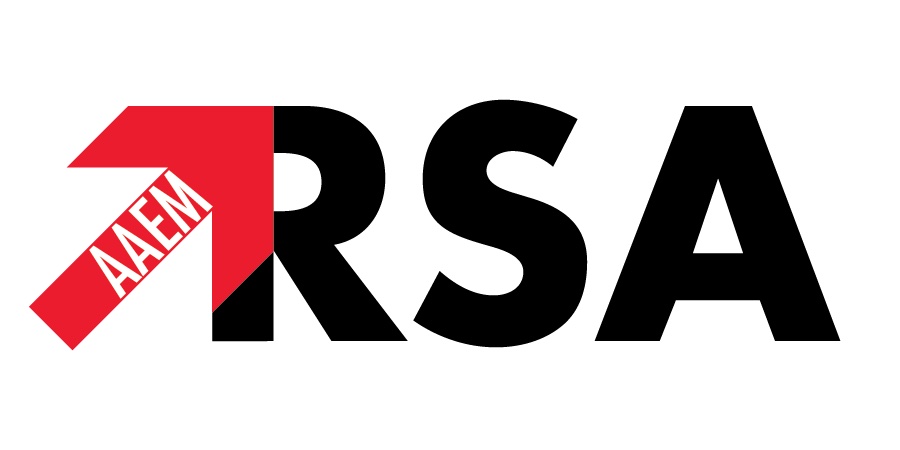 |
| Image Credit: Pixabay |
 |
| This post was peer reviewed. Click to learn more. |
Author: Alexandria Gregory, MS-2
Saint Louis University School of Medicine AAEM/RSA Social Media Committee
Eric Goedecke, DO
Milford Regional Medical Center
Overview
A 59-year-old male presented to the emergency department (ED) with a food bolus sensation several hours after eating hot potatoes for breakfast. Since then, he had been able to tolerate coffee, scrambled eggs and handle his secretions without difficulty. He was feeling well otherwise and denied any recent illness.
On exam, the patient was well-appearing and in no respiratory distress. There was no wheezing or stridor. Oropharyngeal exam showed no edema, lesions, burns, or visible foreign body. The remainder of the physical exam was unremarkable.
Diagnosis
A screening soft tissue neck X-ray was obtained and showed mild prominence of the epiglottis, but no radiopaque foreign body. These findings were unexpected, as the patient’s presentation was consistent with a food bolus rather than epiglottitis. Therefore, neck soft tissue computed tomography (CT) was ordered for better visualization, and showed severe thickening and edema in the epiglottis causing moderate to severe narrowing in the region of the hypopharynx.
| Figure 1: Soft Tissue Neck CT Image courtesy of Dr. Eric Goedecke and Alexandria Gregory |
Management
Case was discussed with otolaryngology, who identified a submucosal blister to the right airway secondary to a burn with surrounding erythema on CT. The patient was given racemic epinephrine and intravenous diphenhydramine in the ED, with plans to discharge the patient home on a steroid taper given the patient’s stable condition. However, after observation and reassessment, the patient had continued pain as well as difficulty tolerating a popsicle. Therefore, otolaryngology admitted the patient.
Flexible video laryngoscopy was performed on the day of admission and showed hypopharyngeal burn/abscess with some airway compromise. The patient was given dexamethasone, Zosyn, diphenhydramine, and racemic epinephrine, and was observed overnight. He reported improvement of his symptoms the following morning. Repeat laryngoscopy showed resolution of the blistering effects of the hypopharynx with fibrinous exudate on the posterior aspect of the larynx without obstruction. He was discharged home that day on a prednisone taper, amoxicillin, and soft food diet, with plans for outpatient otolaryngology evaluation and follow-up endoscopy later that week.
Discussion
Thermal burns to the upper airway are a well-known complication of inhalational injury, but less often occur due to hot food. The most common causes include hot liquids, microwaved foods, dumplings, and hot potatoes. Infants and intoxicated patients are most at risk.[1] As with inhalational burns, the most important part of treatment is airway management. The risk of airway compromise often increases several hours after the injury due to increasing edema, and can continue for up to 24-48 hours.[2] However, this patient was initially felt to be stable enough for discharge home. That decision was reassessed after the patient’s inability to tolerate a popsicle raised concern for the possibility of future decompensation, and the patient was admitted for observation.
In patients with severe burns, intubation should be considered to secure the airway depending on factors such as respiratory distress, oropharyngeal edema, and associated facial or neck burns.[3] In stable patients, close monitoring is key. This patient remained stable while in the ED and had no concerning signs such as respiratory distress; however, the patient would likely have been intubated if he did become unstable.
Antimicrobials are commonly given to prevent infection, as well as steroids and/or epinephrine to reduce swelling. Long-term management should include follow-up with otolaryngology to monitor for the potential of cicatricial stenosis (stenosis caused by scar tissue formation), though patients most often have a full recovery.[1]
References
- Hyo Y, et al. Two cases of thermal burns of the larynx in older men. Auris Nasus Larynx (2016). http://dx.doi.org.ezp.slu.edu/10.1016/j.anl.2016.09.006
- Offer GJ, Nanan D, Marshall JN. Thermal injury to the upper aerodigestive tract after microwave heating of food. J Accid Emerg Med. 1995 Sep;12(3): 216-7.
- Advanced burn life support course. American Burn Association. https://evidencebasedpractice.osumc.edu/Documents/Guidelines/ABLSProviderManual_20101018.pdf. Accessed January 29, 2017.
